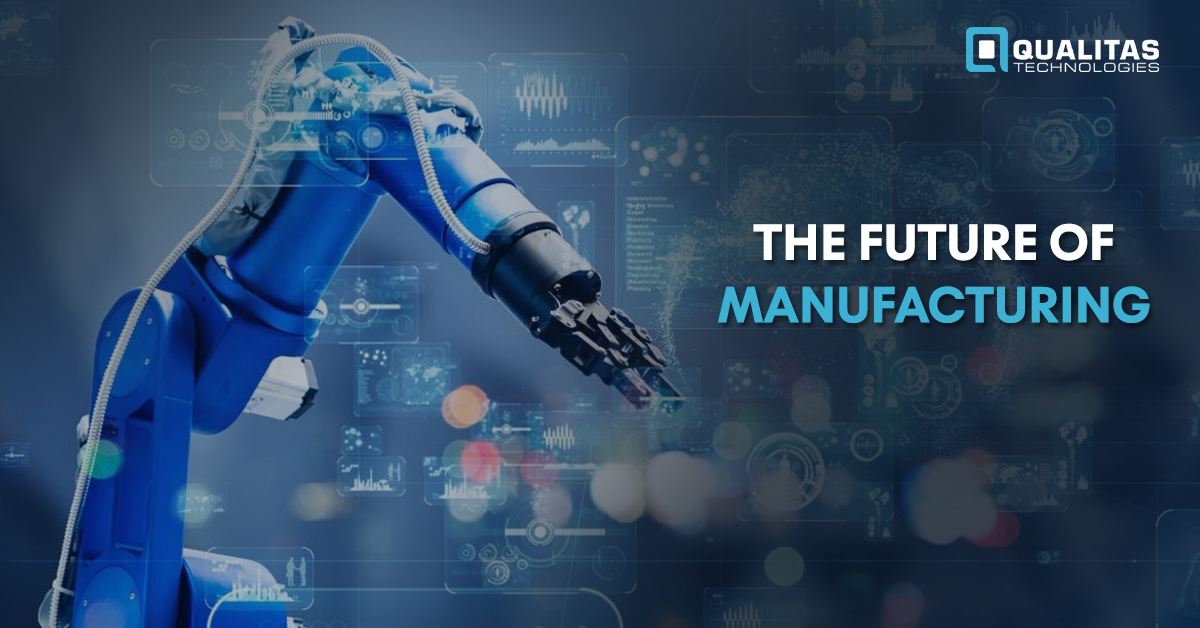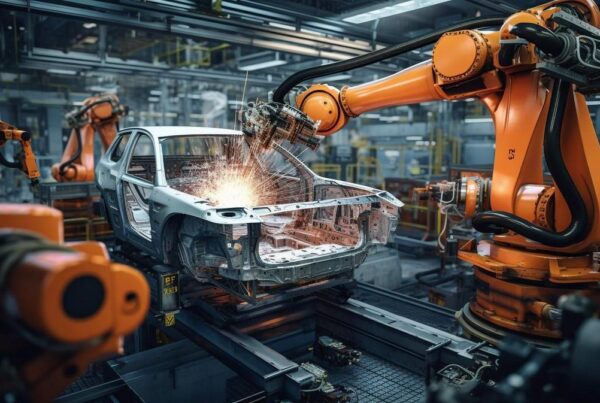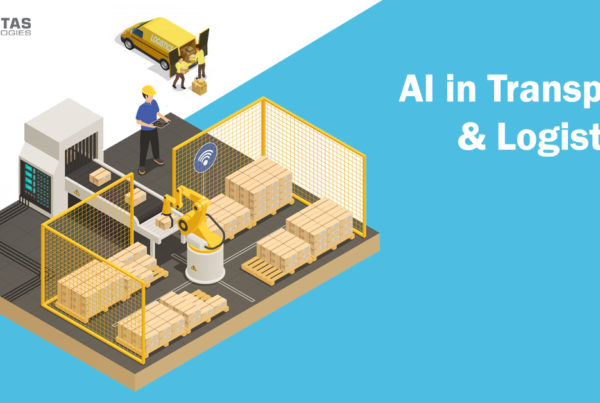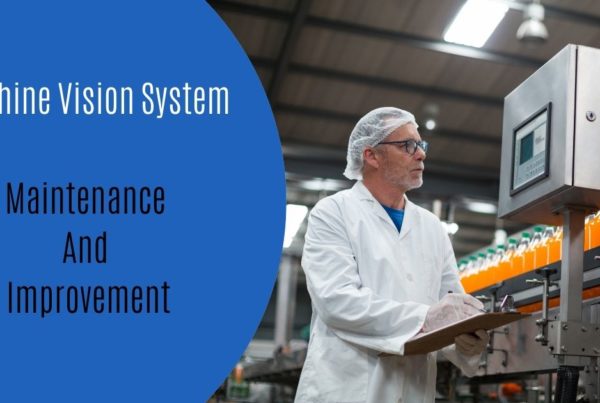
Today’s technology is constantly evolving and mixing in new iterations and innovations to create exciting new opportunities for today’s manufacturers to reimagine their operations and boost their productivity. In some instances, new technologies open up opportunities for progressive manufacturers to release truly innovative offerings of their own.
The big question? Which technologies warrant the significant resource investments required to navigate the massive transformation in the industry and embrace what Industry 4.0 promises?
Let us take a deeper look at what is going on with a few of the key technologies.
Simulation And Virtual Commissioning
Virtual commissioning (VC) technology allows the manufacturing and controls engineers to virtually simulate manufacturing production systems and validate that the physical packaging machines, conveyance systems, automotive production systems, robotic work cells, and controls will all physically function as designed.
VC utilizes a virtual model that is basically a 3D simulation of mechanical, electrical, and controls systems to validate the physical functions of a production system before implementation. It is a way to virtually test systems. The inherent complexity of integrating the different engineering disciplines previously required a tedious commissioning process. VC technology and applications are specifically developed to greatly reduce or eliminate the physical process, shortening the time to launch, and ultimately producing significant cost savings.
The initial VC applications emerged in digital manufacturing portfolios offered by product lifecycle management suppliers. Here, 3D CAD models of machines, robotic work cells, and production systems would be used to virtually simulate motion and production functions and demonstrate its working. The other part of VC involved creating software that would emulate the control systems to virtually test the physical system. Today, we are seeing the convergence of traditional VC with the more recent emergence of the concept and implementation of the digital twin.
Virtual commissioning is vital, not only for testing software controls but for adding insight to the efficiency of the controls strategy. It is also essential for embarking on the advanced robotics journey, laying the groundwork for implementing greater process automation and flexibility needed to efficiently implement tomorrow’s manufacturing technologies today.
Also, Read Machine Vision Makes Its Mark On The Automotive Industry
Robotics And Automation
Smart manufacturers are efficient by design. This is where robotics and automation thrive. Moreover, according to the Robotic Industries Association, manufacturers see the potential. The continued trend toward collaborative environments has played a significant role in the rise of automation. Unlike historical deployments where one or two processes often consumed a disproportionate share of the project cost, collaborative robots (or cobots) allow for incremental investment. As a result of this, manufacturers can now automate one process at a time.
There is one thing we can be sure of about the factory of the future: it will be smart. Moving away from the basic automation of the factories of the past, the smart factory is predicted to integrate technology into every aspect and part of the manufacturing process. Fully connected, flexible, and hyper-efficient, the new manufacturing model of industry 4.0 will make use of modern technologies such as artificial intelligence, virtual and augmented reality, and the internet of things. It is a development we have already begun to see in action. Extensive mechanization has also contributed drastically to reducing reduced labor costs in the manufacturing industry when compared to the traditional method of handmade goods.
Also, Read The Impact of Machine Vision In the Manufacturing Space
Collaborative Robots
Technological advancements and lower cost components have contributed significantly to the growth of collaborative robots. Owing to its smaller scale, affordability, and flexibility, cobots offer the benefits of industrial automation to new markets. Moreover, cobot arms, along with compliant grippers and mobile platforms equipped with collision-avoidance capabilities make them flexible enough to use for a variety of applications.
Beyond manufacturing and pick-and-place operations, cobots can serve a wide array of areas in the domain of agriculture, healthcare, airlines, and restaurants, among others. For instance, King’s College London is working on a project called GROWBOT where a cobot arm can help greenhouse workers to pick plants. It is also intended to assist by relieving scarcities of seasonal labor.
In one another example, Miso Robotics developed the world’s first autonomous robotic kitchen assistant, Flippy, that uses a robot arm with a variety of end-of-arm tools and cloud-based monitoring functions. The company claims its burger-flipping robot can work on a grill or fryer, comply with OSHA and food-safety standards, and operate for more than 100,000 hours of continuous uptime.
Conclusion
The integration of new technologies within the factory has ushered a new age of manufacturing. With decreased labour costs, increased efficiency and reduced waste, the factory of the future will be cheaper and more environmentally friendly. Improved quality control also means that superior items come off the production line. This is bound to benefit both consumers who require reliable products of the highest quality, and the companies, which aim to supply them.
Register For Our Upcoming Free Webinar





